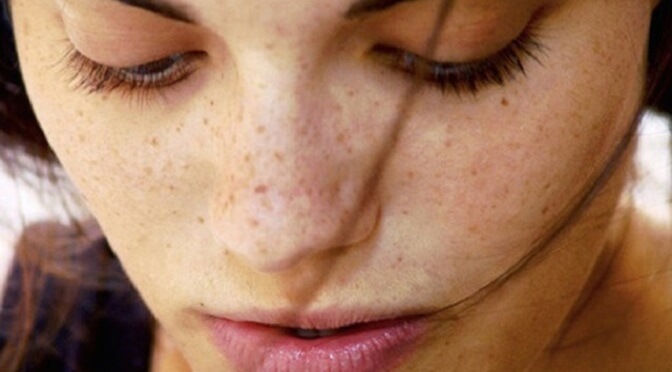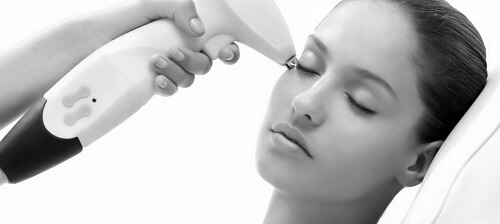Spots & lentigines belong to the same category of hyperpigmented skin lesions. Their clinical picture exhibits several similarities with nevi (moles) without, however, having the same growth mechanism. Thus, the examination of patients with suspicion of spots or liver spots should be done by an experienced Clinical Dermatologist, in order to make a definite diagnosis and subsequently determine the treatment.

Liver spots, medically called as Melasma or Chloasma, are brown skin lesions with a size larger than regular spots and an irregular shape. Their occurrence is sudden following a hormonal disorder, the use or topical application of drugs that increase photosensitivity and during pregnancy. Hyperpigmented lesions become highly noticeable when skin is exposed to solar radiation, especially during summer months, whereas in autumn/winter they regress or disappear completely. They are mainly found on the face, usually the forehead, upper lip and cheeks.
Lentigines are benign, light or dark skin color lesions which usually occur in older people as a result of early or normal aging of the skin, due to modern lifestyle and mainly due to chronic sun exposure. They occur in areas such as the face, hands, neckline and show a tendency for proliferation and increase in their size, which initially does not exceed 2‑3 cm.

Depending on their type, spots or lentigines can be effectively treated by:
- CO2 Fractional Laser
- Cryotherapy with liquid nitrogen
- Diamond Microdermabrasion
- Chemical Peels
Source: www.cosmeticdermamedicine.gr